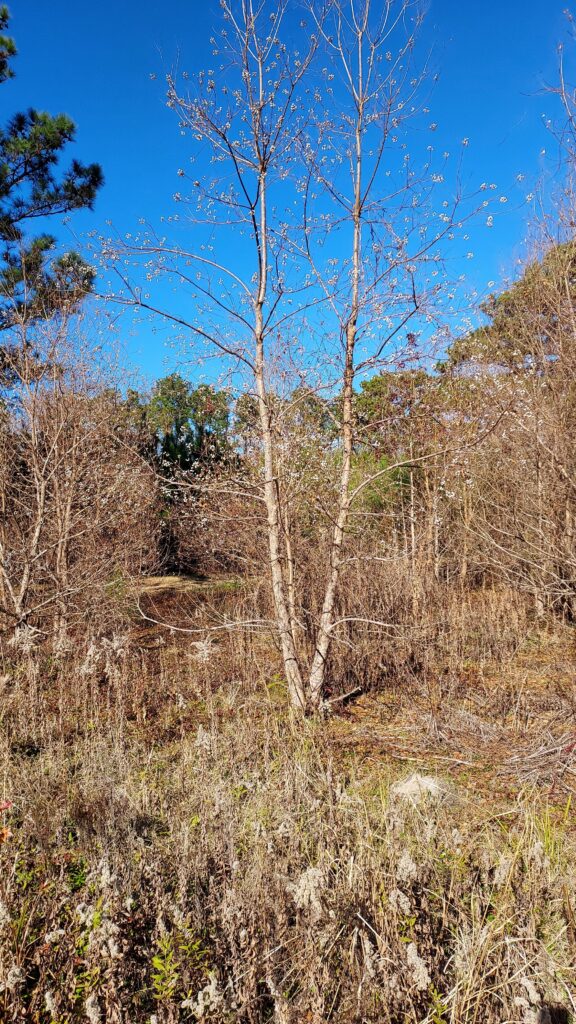Chinese Tallow Tree
go.ncsu.edu/readext?838139
en Español / em Português
El inglés es el idioma de control de esta página. En la medida en que haya algún conflicto entre la traducción al inglés y la traducción, el inglés prevalece.
Al hacer clic en el enlace de traducción se activa un servicio de traducción gratuito para convertir la página al español. Al igual que con cualquier traducción por Internet, la conversión no es sensible al contexto y puede que no traduzca el texto en su significado original. NC State Extension no garantiza la exactitud del texto traducido. Por favor, tenga en cuenta que algunas aplicaciones y/o servicios pueden no funcionar como se espera cuando se traducen.
Português
Inglês é o idioma de controle desta página. Na medida que haja algum conflito entre o texto original em Inglês e a tradução, o Inglês prevalece.
Ao clicar no link de tradução, um serviço gratuito de tradução será ativado para converter a página para o Português. Como em qualquer tradução pela internet, a conversão não é sensivel ao contexto e pode não ocorrer a tradução para o significado orginal. O serviço de Extensão da Carolina do Norte (NC State Extension) não garante a exatidão do texto traduzido. Por favor, observe que algumas funções ou serviços podem não funcionar como esperado após a tradução.
English
English is the controlling language of this page. To the extent there is any conflict between the English text and the translation, English controls.
Clicking on the translation link activates a free translation service to convert the page to Spanish. As with any Internet translation, the conversion is not context-sensitive and may not translate the text to its original meaning. NC State Extension does not guarantee the accuracy of the translated text. Please note that some applications and/or services may not function as expected when translated.
Collapse ▲The Chinese tallow tree, Triadica sebifera (formerly Sapium sebiferum) is an invasive plant of significant concern for the southeastern U.S. Historically it has been more prevalent in deep south states such as Louisiana and Florida, but we’re seeing more and more of it in eastern North Carolina. If warming trends hold steady, this species could eventually become a massive problem for our region. All Chinese tallow trees are high-priority for removal. Check with your local Extension office for control recommendations.

As described by the NC Extension Gardener Plant Toolbox, “Clusters of greenish three-lobed fruit turn black when ripe. The capsule contains 3 white, wax-coated seeds.” The white, wax-coated seeds are prominent in this image. It’s easy to see where the alternative common name “popcorn tree” comes from.





